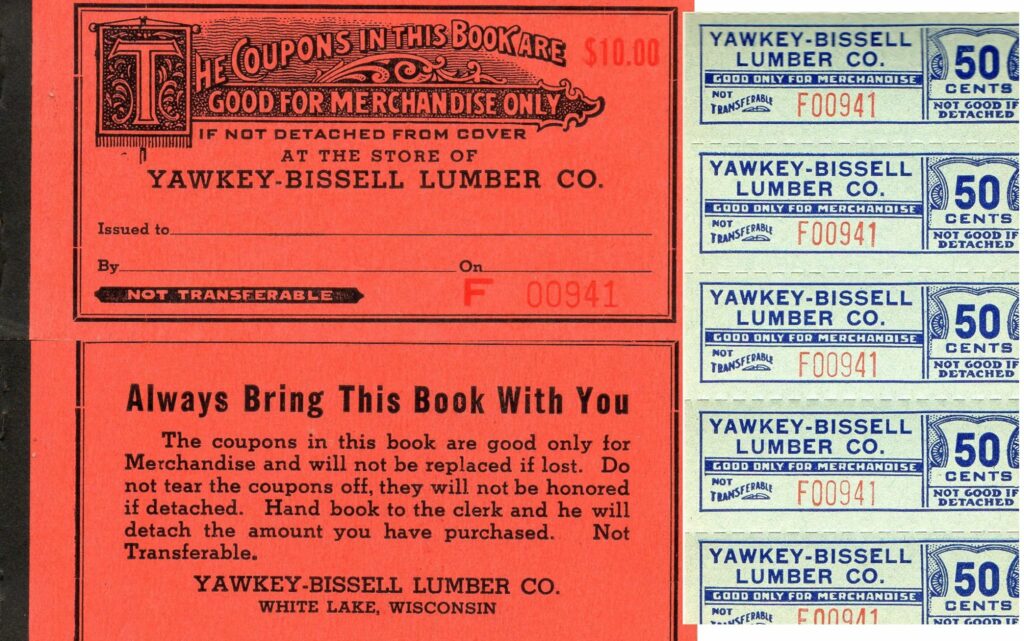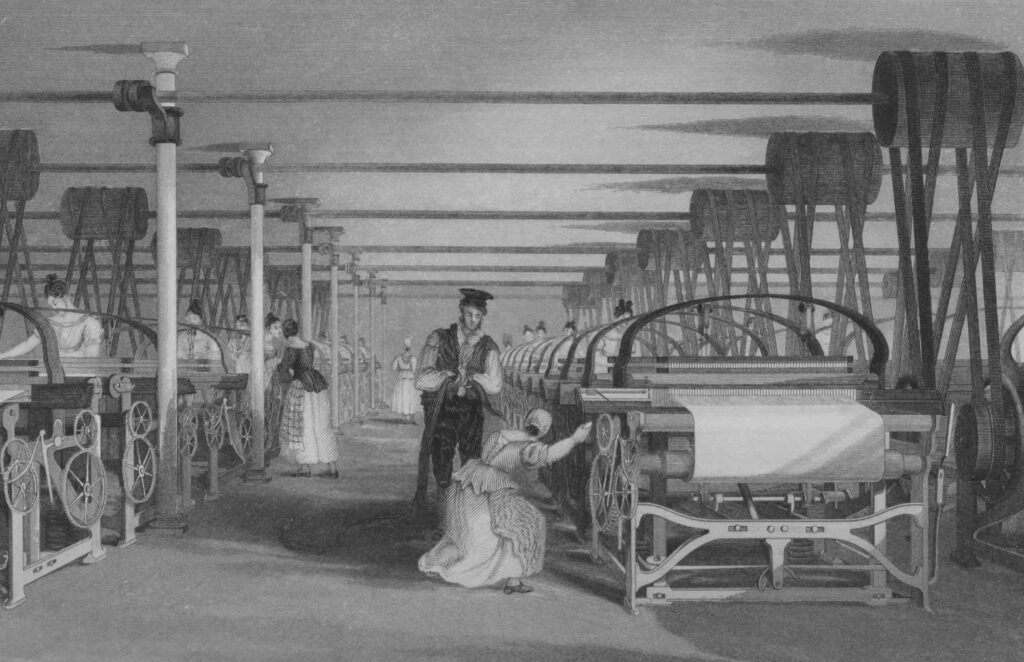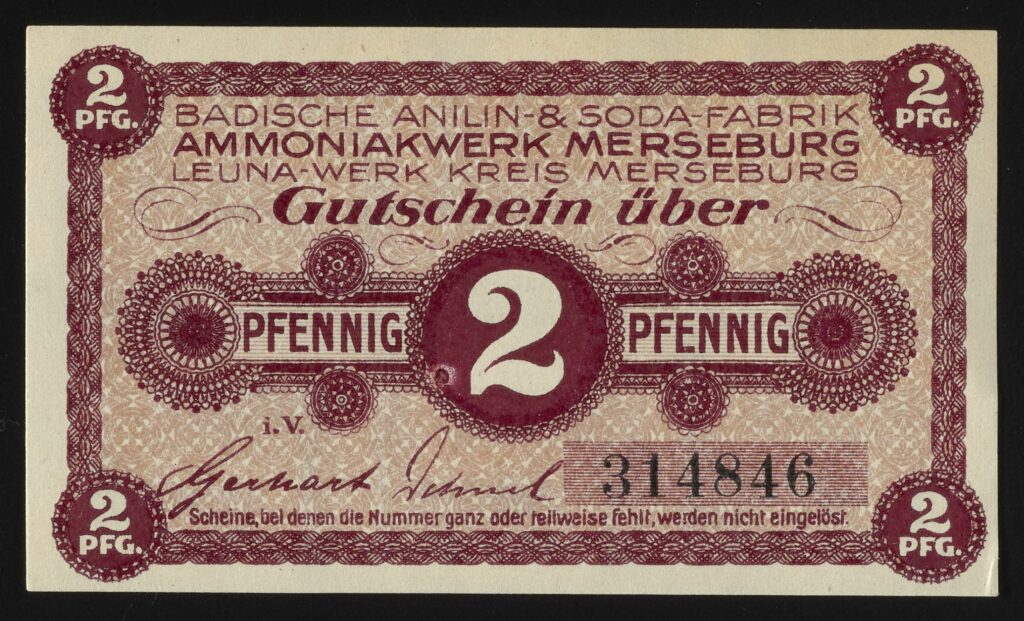Throughout history, companies have devised various ways to control their workforce and maximize profits. One such method was the use of company scrip, a form of private currency issued by employers to pay workers instead of legal tender.
This practice was particularly common in company towns, where businesses not only provided jobs but also owned the housing, stores, and infrastructure. While this system was often presented as a convenient solution for employees, in reality, it kept workers financially dependent and economically trapped.
What Was Company Scrip?

Company scrip came in various forms, including paper money, tokens, or coupons. It functioned as a substitute for official government currency but was only valid within the company’s ecosystem. Workers who were paid in scrip could use it to buy food, clothing, and other essentials—but only at company-owned stores or housing facilities. This meant that employees had little choice but to spend their earnings where their employer dictated, often at inflated prices.
Historical Context: Where and Why Was Scrip Used?

Company scrip was widely used in the 19th and early 20th centuries, especially in industries like coal mining, logging, and manufacturing, where companies operated in remote locations without easy access to outside markets.
Coal Mining Towns in the United States and the UK
Coal companies in the U.S. and the UK often set up company towns in isolated regions where no other businesses existed. Miners were paid in scrip, which they could use at the company store, which was often the only place to buy necessities. Since the company controlled the prices, goods were frequently more expensive than in free markets. This system ensured that workers remained indebted to their employers, often running up credit they could never fully repay.
Colonial and Industrial Settings
In some European colonies, scrip was used as a tool of economic control. Colonial administrators and large corporations issued tokens that could only be exchanged at designated trading posts. Similarly, industrial factories in France and Germany experimented with forms of employer-issued coupons during the early industrial revolution, restricting workers’ ability to engage in independent commerce.
Post-War Rationing and Controlled Economies
Although not strictly scrip, France and other countries implemented rationing systems during and after World War II. Citizens were issued food coupons to purchase essentials, somewhat mirroring the restrictive nature of company scrip.
The Problems with Company Scrip

While businesses argued that scrip was a necessary tool for economic stability in remote areas, workers and labor advocates saw it as a form of economic servitude. The system had several major flaws:
- Inflated Prices – Since workers could only buy from the company store, employers could charge higher-than-market prices for goods and services.
- Debt Dependency – Many workers had to buy on credit, meaning they were perpetually indebted to their employer.
- Lack of Economic Freedom – Scrip could not be used outside the company town, preventing workers from saving money or seeking better opportunities elsewhere.
- Worker Exploitation – Employers sometimes used scrip as a way to reduce real wages, since it had no external value.
The Fall of Company Scrip

The eventual decline of company scrip was driven by union activism, government intervention, and legal reforms.
- Labor Unions Fought Against Scrip: Organized labor movements in the U.S. and Europe pushed for real wages, arguing that company scrip was a form of wage slavery. Strikes, protests, and political pressure led to policy changes.
- Legal Regulations and Outlawing of Scrip: By the early-to-mid 20th century, many governments passed laws requiring employers to pay wages in official currency. For example, the Fair Labor Standards Act of 1938 in the U.S. mandated cash payment.
- Decline of Company Towns: As industries modernized and transportation improved, workers gained access to real markets, making company towns (and their restrictive economies) obsolete.
A System That is constantly morphing

While company scrip is largely a thing of the past, its legacy serves as a cautionary tale about corporate control and economic dependency.
Today, similar mechanisms exist in different forms. Workers earn their wages, but every transaction they make returns a portion of their income to the system that issued it.
From housing costs, controlled marketplaces, and mandatory fees to the steady reduction of purchasing power through inflation, individuals find themselves locked in an economic cycle where their earnings never fully belong to them.
Understanding the history of company scrip helps us recognize the importance of economic mobility, fair compensation, and the right to freely exchange one’s labor for true financial independence.
The Raise of Cryptocurrency

While we don’t recommend investing in cryptocurrencies at all due to its volatility and lack of intrinsic value compared to productive assets, let’s explore why these systems naturally arise.
In an era where every transaction is subject to an invisible toll, alternative systems naturally emerge to challenge centralized control. A system that allows direct exchange without intermediaries offers a form of autonomy that has long been elusive. It represents a shift away from environments where each action, each transfer of value, returns a portion to the entity that governs it. The appeal lies in the ability to engage freely, without the constant erosion of one’s purchasing power through layers of imposed participation.
Yet, any mechanism that disrupts established structures eventually faces the same pressures. What begins as an open system often finds itself gradually enclosed, redefined, and absorbed into the very framework it sought to circumvent. Measures introduced in the name of oversight and security subtly reshape its core function, ensuring that the cycle continues under a different guise.


GIPHY App Key not set. Please check settings